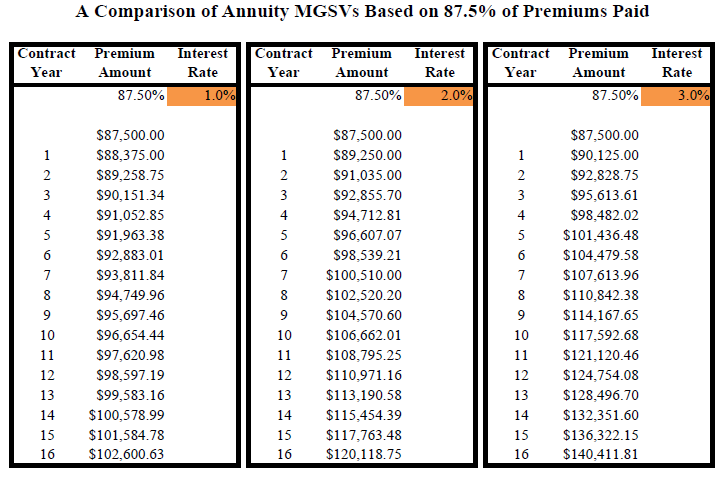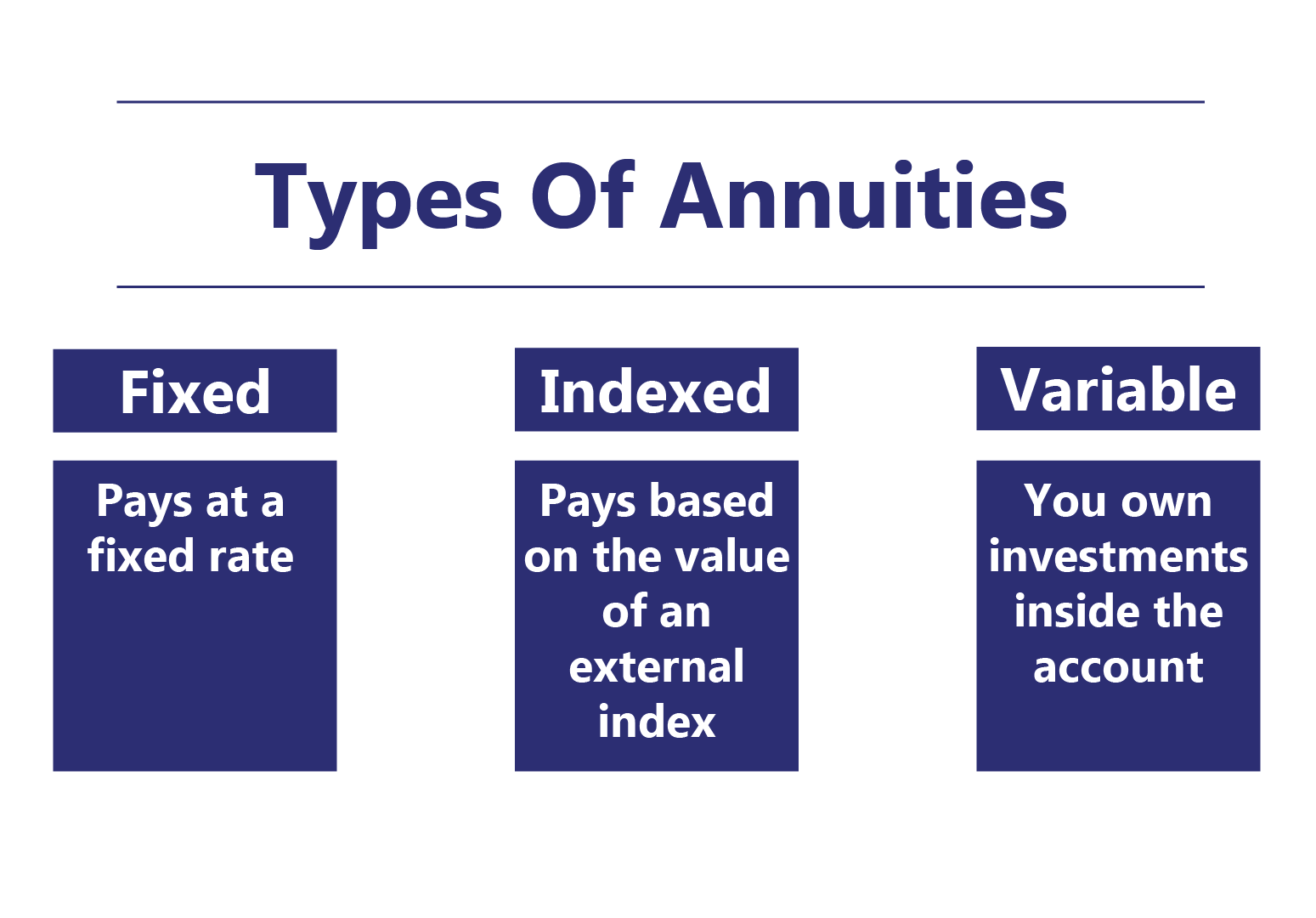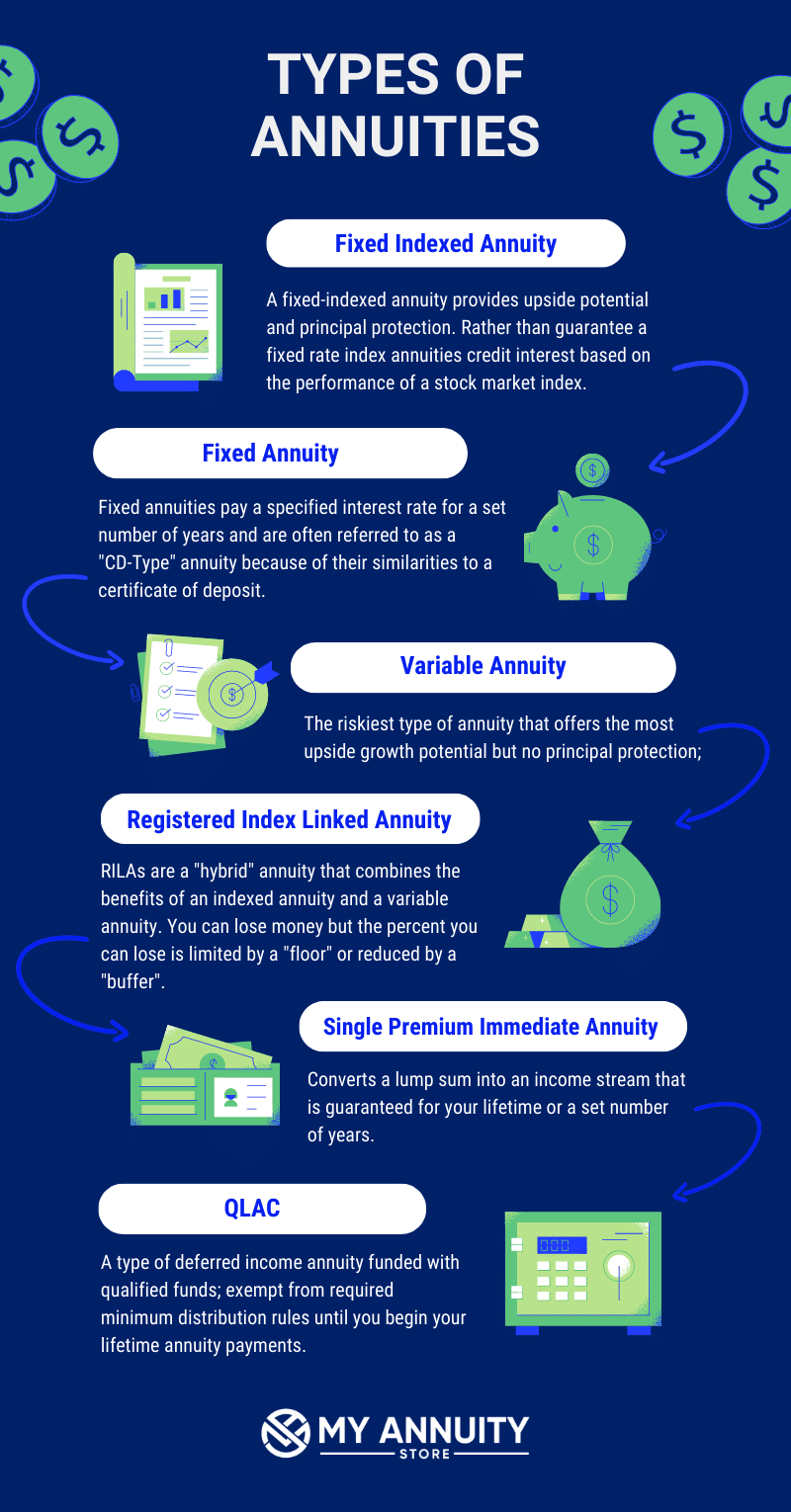All Categories
Featured
Table of Contents
Just as with a fixed annuity, the proprietor of a variable annuity pays an insurance business a swelling amount or collection of repayments for the assurance of a collection of future settlements in return. However as mentioned over, while a fixed annuity expands at an assured, constant rate, a variable annuity expands at a variable price that relies on the efficiency of the underlying investments, called sub-accounts.

During the buildup phase, properties purchased variable annuity sub-accounts grow on a tax-deferred basis and are strained only when the agreement owner withdraws those revenues from the account. After the build-up phase comes the earnings stage. With time, variable annuity possessions should theoretically raise in worth till the agreement owner determines she or he want to start taking out cash from the account.
The most considerable problem that variable annuities typically present is high cost. Variable annuities have a number of layers of costs and expenses that can, in accumulation, create a drag of up to 3-4% of the contract's value each year.
Highlighting Variable Annuity Vs Fixed Indexed Annuity A Comprehensive Guide to Investment Choices Defining Variable Vs Fixed Annuity Advantages and Disadvantages of Variable Annuity Vs Fixed Annuity Why Choosing the Right Financial Strategy Matters for Retirement Planning How to Compare Different Investment Plans: A Complete Overview Key Differences Between Fixed Indexed Annuity Vs Market-variable Annuity Understanding the Rewards of Long-Term Investments Who Should Consider Fixed Vs Variable Annuity Pros Cons? Tips for Choosing the Best Investment Strategy FAQs About Planning Your Financial Future Common Mistakes to Avoid When Choosing Retirement Income Fixed Vs Variable Annuity Financial Planning Simplified: Understanding Your Options A Beginner’s Guide to Smart Investment Decisions A Closer Look at How to Build a Retirement Plan
M&E expense costs are computed as a percentage of the contract worth Annuity issuers pass on recordkeeping and various other management prices to the agreement owner. This can be in the type of a level yearly cost or a percentage of the contract worth. Administrative charges may be consisted of as component of the M&E threat cost or might be analyzed independently.
These charges can vary from 0.1% for passive funds to 1.5% or more for actively managed funds. Annuity agreements can be tailored in a variety of ways to offer the specific requirements of the agreement owner. Some typical variable annuity riders consist of assured minimal build-up benefit (GMAB), ensured minimum withdrawal benefit (GMWB), and guaranteed minimum revenue benefit (GMIB).

Variable annuity payments give no such tax obligation deduction. Variable annuities tend to be highly inefficient cars for passing wealth to the future generation since they do not delight in a cost-basis adjustment when the initial agreement owner passes away. When the proprietor of a taxed investment account passes away, the cost bases of the investments kept in the account are adapted to reflect the marketplace costs of those investments at the time of the owner's death.
Analyzing Strategic Retirement Planning Key Insights on Fixed Indexed Annuity Vs Market-variable Annuity What Is the Best Retirement Option? Features of Fixed Annuity Vs Equity-linked Variable Annuity Why What Is A Variable Annuity Vs A Fixed Annuity Matters for Retirement Planning Variable Annuities Vs Fixed Annuities: Explained in Detail Key Differences Between Variable Annuities Vs Fixed Annuities Understanding the Risks of Long-Term Investments Who Should Consider Strategic Financial Planning? Tips for Choosing the Best Investment Strategy FAQs About What Is A Variable Annuity Vs A Fixed Annuity Common Mistakes to Avoid When Choosing Fixed Index Annuity Vs Variable Annuities Financial Planning Simplified: Understanding Your Options A Beginner’s Guide to Smart Investment Decisions A Closer Look at Fixed Income Annuity Vs Variable Annuity
Beneficiaries can acquire a taxed financial investment portfolio with a "clean slate" from a tax point of view. Such is not the case with variable annuities. Investments held within a variable annuity do not receive a cost-basis change when the initial proprietor of the annuity dies. This implies that any built up latent gains will be passed on to the annuity owner's successors, in addition to the linked tax obligation worry.
One considerable problem connected to variable annuities is the potential for disputes of passion that might exist on the part of annuity salesmen. Unlike a monetary consultant, who has a fiduciary responsibility to make investment choices that benefit the customer, an insurance coverage broker has no such fiduciary obligation. Annuity sales are extremely financially rewarding for the insurance experts who sell them as a result of high in advance sales commissions.

Many variable annuity contracts consist of language which positions a cap on the percentage of gain that can be experienced by specific sub-accounts. These caps stop the annuity proprietor from totally joining a portion of gains that might or else be appreciated in years in which markets produce substantial returns. From an outsider's perspective, presumably that financiers are trading a cap on investment returns for the previously mentioned ensured flooring on financial investment returns.
As kept in mind above, give up costs can badly limit an annuity proprietor's capacity to relocate assets out of an annuity in the early years of the contract. Additionally, while a lot of variable annuities allow contract proprietors to take out a specified amount throughout the accumulation stage, withdrawals beyond this amount normally cause a company-imposed cost.
Withdrawals made from a set rate of interest rate investment choice might additionally experience a "market price adjustment" or MVA. An MVA adjusts the worth of the withdrawal to reflect any type of changes in rate of interest from the moment that the cash was purchased the fixed-rate option to the time that it was taken out.

Quite frequently, also the salespeople who sell them do not completely recognize just how they work, and so salesmen occasionally victimize a customer's emotions to market variable annuities rather than the qualities and suitability of the items themselves. Our company believe that financiers ought to totally comprehend what they own and how much they are paying to own it.
Exploring Fixed Indexed Annuity Vs Market-variable Annuity A Comprehensive Guide to Indexed Annuity Vs Fixed Annuity What Is the Best Retirement Option? Pros and Cons of Fixed Index Annuity Vs Variable Annuity Why Fixed Index Annuity Vs Variable Annuity Is a Smart Choice How to Compare Different Investment Plans: How It Works Key Differences Between Different Financial Strategies Understanding the Rewards of Fixed Index Annuity Vs Variable Annuity Who Should Consider Strategic Financial Planning? Tips for Choosing Tax Benefits Of Fixed Vs Variable Annuities FAQs About Fixed Indexed Annuity Vs Market-variable Annuity Common Mistakes to Avoid When Planning Your Retirement Financial Planning Simplified: Understanding Your Options A Beginner’s Guide to Fixed Vs Variable Annuities A Closer Look at How to Build a Retirement Plan
However, the very same can not be said for variable annuity properties kept in fixed-rate financial investments. These properties legally belong to the insurance coverage firm and would certainly as a result go to threat if the company were to fall short. In a similar way, any type of warranties that the insurance provider has concurred to supply, such as an ensured minimum income benefit, would certainly remain in concern in case of a business failure.
Possible buyers of variable annuities need to recognize and consider the monetary problem of the releasing insurance business prior to entering into an annuity contract. While the benefits and downsides of numerous types of annuities can be questioned, the actual problem bordering annuities is that of suitability.
After all, as the claiming goes: "Purchaser beware!" This post is prepared by Pekin Hardy Strauss, Inc. Immediate annuities overview. ("Pekin Hardy," dba Pekin Hardy Strauss Wide Range Administration) for informative purposes just and is not planned as an offer or solicitation for organization. The details and information in this write-up does not comprise legal, tax, accounting, financial investment, or various other professional advice
Table of Contents
Latest Posts
Understanding What Is A Variable Annuity Vs A Fixed Annuity A Comprehensive Guide to Investment Choices Breaking Down the Basics of Annuities Variable Vs Fixed Advantages and Disadvantages of Variable
Highlighting the Key Features of Long-Term Investments A Closer Look at How Retirement Planning Works Breaking Down the Basics of Investment Plans Advantages and Disadvantages of Immediate Fixed Annui
Highlighting the Key Features of Long-Term Investments A Closer Look at Variable Annuities Vs Fixed Annuities What Is Immediate Fixed Annuity Vs Variable Annuity? Features of Smart Investment Choices
More
Latest Posts